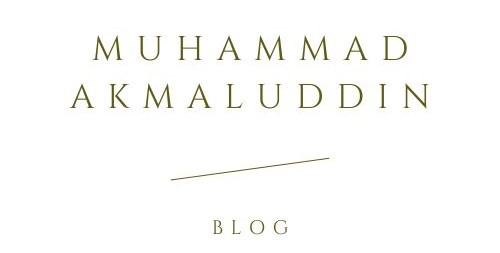The Role and Meaning of Religious Architecture in the Umayyad State: Secondary Mosques
Historiography and archaeological research have traditionally defined mosques mainly as religious spaces or places to pray, without further specifications. This simplification has usually dominated the analyses of mosques, while other uses or functional aspects of these buildings were put aside. The scarcity of material information available for years to approach these buildings, together with the dominance of the more monumental examples—such as the great mosque of Córdoba—provoked that analyses about other more modest mosques were scarce or almost inexistent. However, in recent decades, the proliferation of real estate building activities has led to the recovery of many new and fresh archaeological data related to other mosques different from the Friday ones. Specifically, in Córdoba, the volume of information recovered has been enormous, and concerns not only mosques as isolated buildings, but also their urban environments, construction processes, and evolution along the centuries. Therefore, in this paper, we offer a summarized overview of the state of the arts about research on mosques in al-Andalus, presenting the main problems and limitations of the topic until now, and also the case of Córdoba and the main results achieved there as a reference for further actions to be undertaken in the rest of the territory.
https://www.mdpi.com/2076-0752/7/4/63







0 Comments
Silahkan meninggalkan saran dan masukan terkait blog ini. Semoga bermanfaat. Terima kasih.